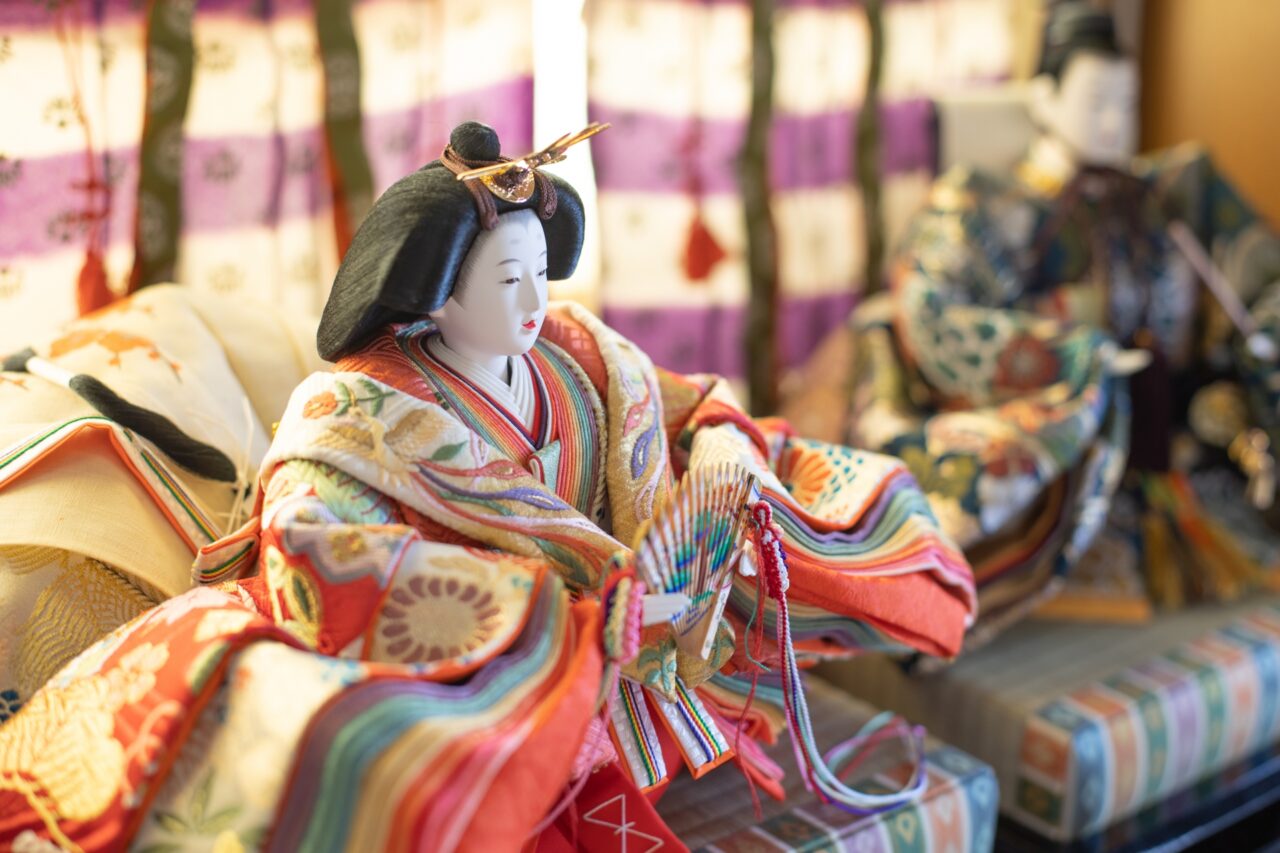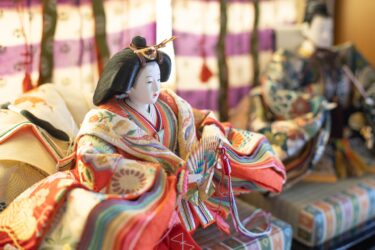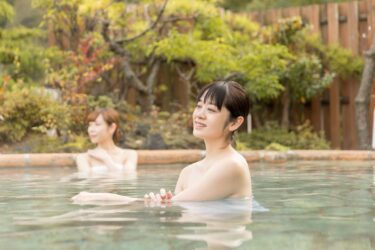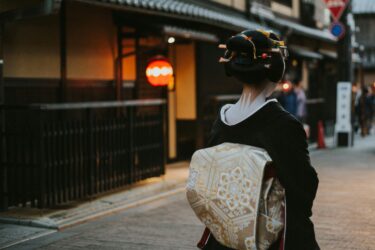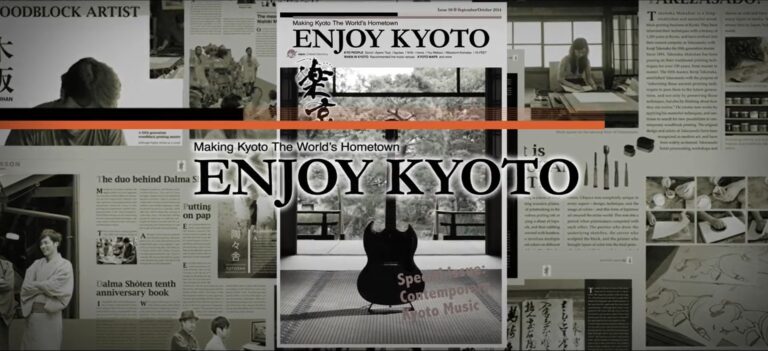As with so many other traditional arts, Kyoto is renowned for its handicraft traditions, of which there are many. For centuries, artisans here have passed down their skills from generation to generation, producing everything from intricate textiles to ceramics. Today, many of these crafts are still produced in Kyoto according to their centuries old methods, although some are becoming rarer. When you visit, you can seek out chances to admire them, and even in some cases, to get hands-on in the crafting process yourself.
What Sets the Crafts of Kyoto Apart
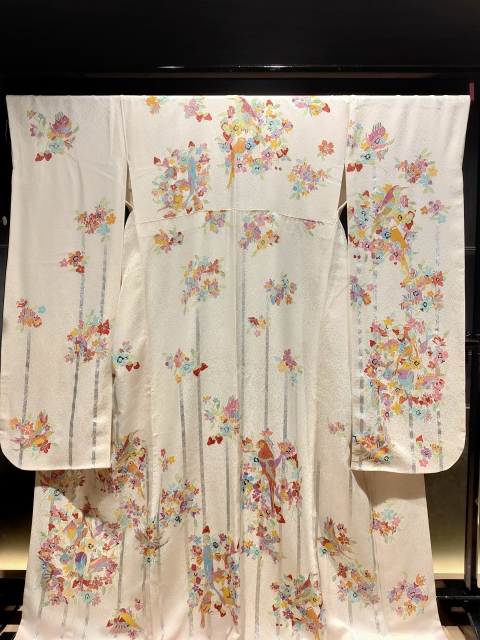
Kyoto served as Japan’s imperial capital for over a thousand years (794-1185). During that time, it became the cultural and artistic heart of the country, where an appreciation for various arts – as well as the resources to support them – were concentrated. As a result, the city came to foster a variety of highly refined and distinctive crafts, many of which are made using techniques that have remained largely unchanged for centuries.
The meticulous craftwork required is passed down through the generations, but today, the techniques and skills used to create some of these works of art are at risk of fading, as fewer young artisans learn them. It’s no easy proposition, though, as artisans spend decades mastering their work. Even today, many craftworks are still made by hand, using natural materials and traditional tools. But in typical Kyoto fashion, the old is often blended with the new, and some modern artisans are finding ways to adapt these traditions to contemporary life.
A Few of Kyoto’s Most Famous Traditional Crafts
Kimono Textiles
Kyoto is a city where you’re likely to see some elegant, kimono-clad ladies around the city, even on an ordinary day. Two standout Kyoto traditions related to kimono are Nishijin weaving and kyo yuzen dyeing. Both are used to create beautiful, intricate textiles.
Nishijin-ori (Nishijin Weaving)
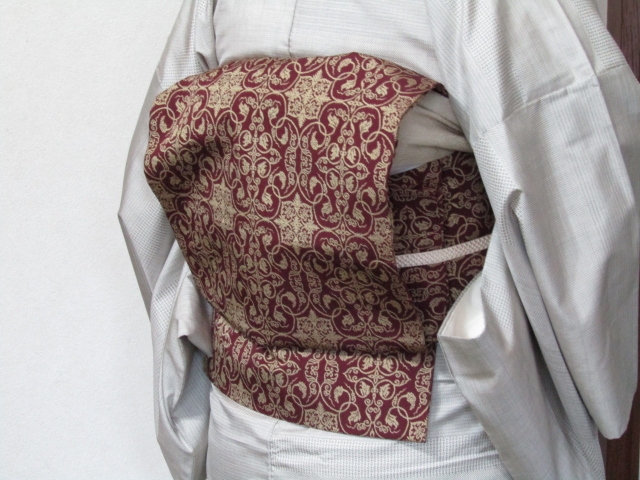
Nishijin-ori is the name for silk weaving that comes from the Nishijin district in northwestern Kyoto. The fabrics that come from Nishijin are used for formal kimono and obi, and are known for their rich colors, elaborate patterns, and metallic threads. You can see live demonstrations and learn more about the history of Nishijin weaving at the Nishijin Textile Center and Orinasu-kan, though the latter offers a much more authentic environment.
Kyo Yuzen (Hand-Dyed Silk)
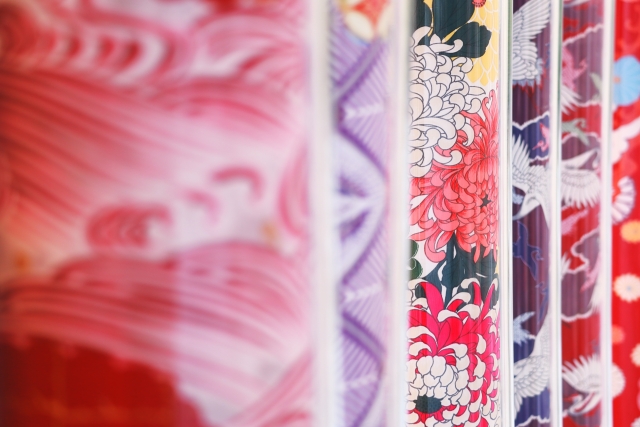
Kyo Yuzen is a hand-dyeing technique used to decorate silk fabrics with colorful, detailed patterns, like those seen in the “kimono forest” in Arashiyama (pictured here). Artisans use stencils and brushes to apply the dye precisely, in layers, much like a woodblock print. Some workshops in Kyoto offer visitors the chance to try simple yuzen dyeing on small items like handkerchiefs or scarves, which make great souvenirs.
Kyo-Yaki / Kiyomizu-Yaki (Kyoto Ceramics)
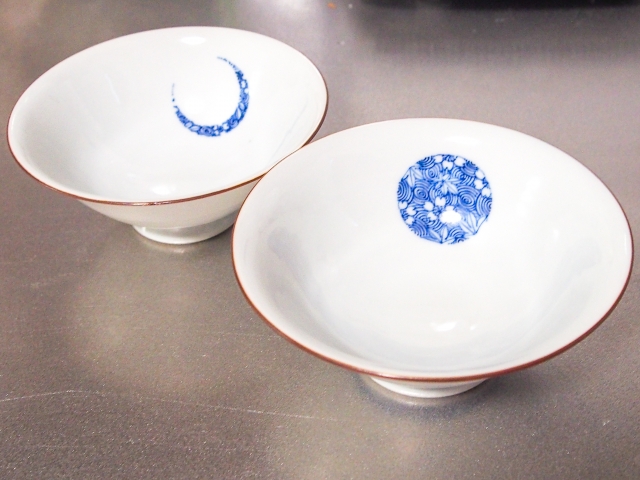
Kyo-yaki, also known as Kiyomizu-yaki, refers to ceramics made in Kyoto. There isn’t one distinctive pattern or even aesthetic style that defines them visually, so you can find pieces in a wide range of colors and shapes; with hand-painted designs, or the more naturalistic patterns of the different clay and glazes. But authentic kyo-yaki pieces are handmade here in the city, and are prized for their quality and delicacy.
The Kiyomizu-zaka and Gojo-zaka areas near Kiyomizu-dera Temple (both are hilly streets that lead in the temple’s direction) are the historical location of some of Kyoto’s original kilns, and today they’re still full of pottery shops you can browse. If you want to see more galleries, tour a kiln, or even take a pottery workshop, you’ll want to head towards the Yamashina area (you can learn more about available workshops and museums here: Kyoto Ceramics).
Kyo Sensu (Kyoto Folding Fans)
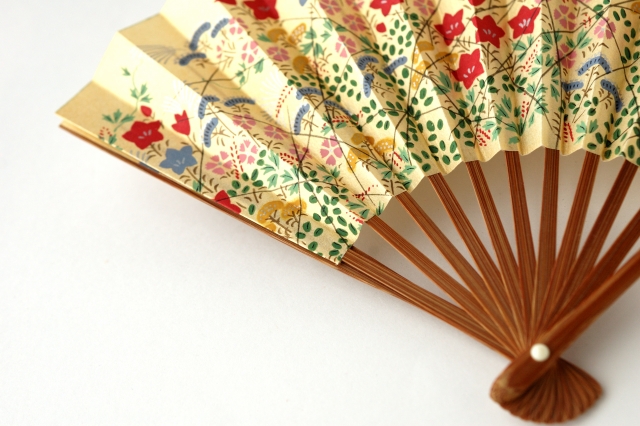
Folding fans, or sensu, are another traditional Kyoto craft. These are carefully made from bamboo and either washi paper or silk, and are exquisitely crafted in a wide variety of styles. As with many of the other Kyoto crafts listed here, folding fans are made using a number of different techniques and materials for different purposes, ranging from everyday use as a cooling device, to decorative use at more formal occasions like weddings or tea ceremonies.
You can see some beautiful examples at the Kyoto Museum of Crafts and Design, and at stores in the Shijo and Sanjo areas. Some shops, like Maisendo and Shimizu Shoten even offer short workshops where you can make your own fan.
Traditional Kyoto Dolls
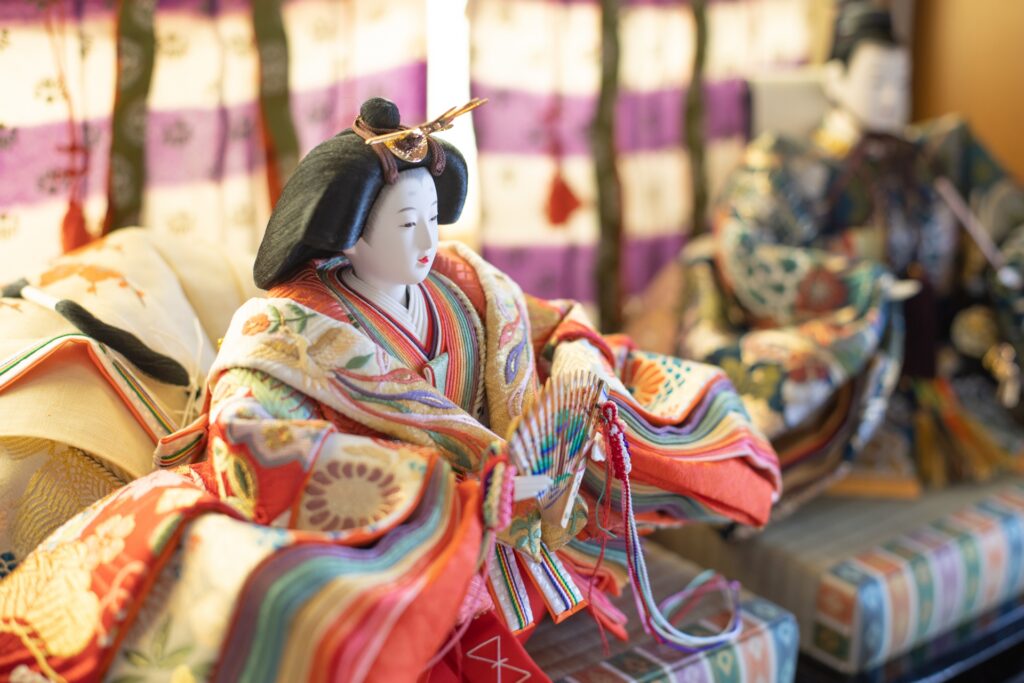
Kyo ningyo are handcrafted dolls that often represent historical figures, court ladies, or characters from Japanese folklore. They are typically displayed during festivals like Hinamatsuri (Girls’ Day), but also sold as decorative pieces. These dolls are made with fine attention to detail, using fabric, wood, and hand-painted features.
Kyoto Lacquerware

Kyo shikki is the Japanese name for Kyoto’s lacquered tableware and utensils like trays, bowls, and chopsticks. These are made by coating wooden items with multiple layers of natural lacquer, which is often decorated with gold or colored designs. The resulting pieces are elegant, durable, and highly prized in Japanese tea ceremony and formal dining. Because of the careful process, high-quality lacquerware can be expensive, but smaller items can make good, practical souvenirs.
Where to See and Experience Kyoto Crafts
There are many ways to enjoy Kyoto crafts beyond just shopping. Here are some places where you can learn more and even try making something yourself:
Craft Museums and Cultural Centers
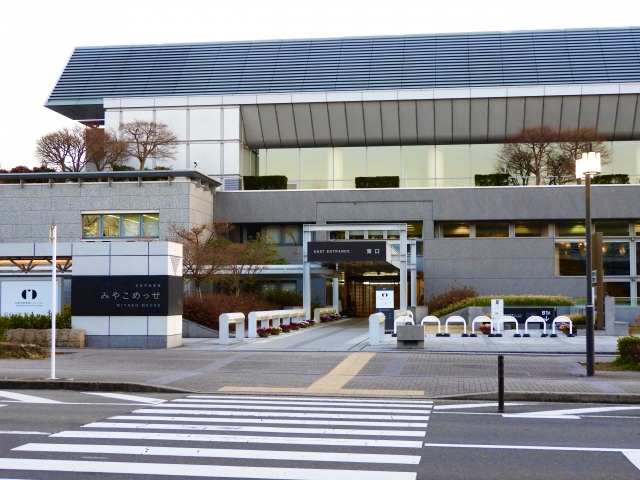
Kyoto Museum of Crafts and Design (formerly the Kyoto Museum of Traditional Crafts) offers a great introduction to over 70 types of Kyoto crafts. You can see tools, materials, and finished works, and sometimes watch live demonstrations by artisans.
Kyoto Handicraft Center is a good place to visit if you want an interactive experience. It offers short workshops in fan making, wood carving, and more. There’s also a shop with a wide range of handmade crafts.
Hands-On Workshops
Many individual studios and shops around Kyoto offer short classes or craft experiences, and some provide English-language instructions. There are a few examples listed with the crafts above, but these are just the beginning. These experiences usually take between 30 minutes to 2 hours and don’t require any prior skill. They can be a fun way to learn something new and make a one-of-a-kind souvenir.
Local Markets and Artisan Shops
Nishiki Market, often called “Kyoto’s Kitchen,” also has a few stalls selling hand-crafted goods like knives, chopsticks, and ceramics, and there are other stores in the market vicinity that specialize in these goods.
Teramachi and Shinkyogoku Shopping Arcades have a mix of souvenir shops and artisan boutiques where you can find fans, lacquerware, and more.
Department stores like Kyoto Takashimaya often have well-curated selections of local crafts, with both traditional and modern designs.
You might also get lucky at a Kyoto flea market, which you can read more about here.
Kyoto Crafts as Meaningful Souvenirs
Unlike typical souvenirs, Kyoto crafts carry a story, a tradition, and a personal touch. A hand-painted fan, a hand-dyed scarf, or hand-thrown and painted ceramic tea cup aren’t mass-produced goods – they’re connected to centuries of culture and craftsmanship. As such, they may come with a higher price tag, but these items also tend to be more sustainable and long-lasting than plastic trinkets.

